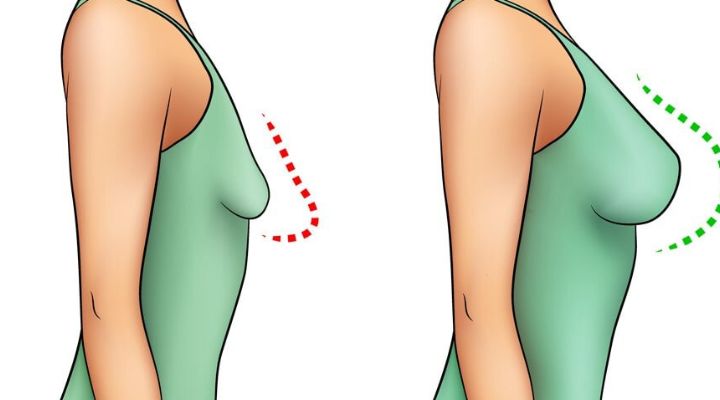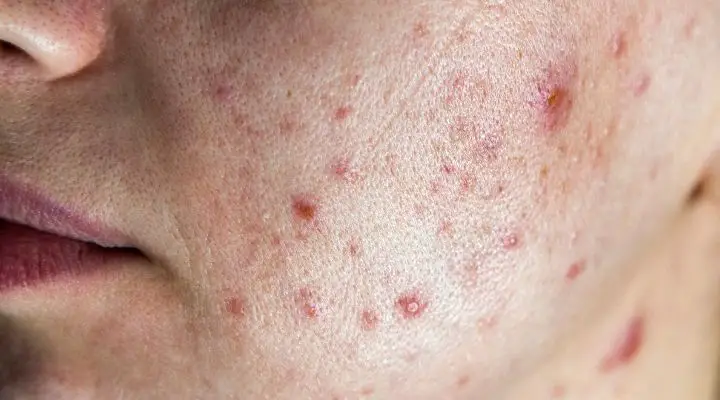Breasts are an essential aspect of a woman’s physique, often symbolizing femininity and beauty. However, over time, factors like age, pregnancy, weight fluctuations, and lifestyle choices can lead to sagging breasts, causing discomfort and impacting self-confidence. Fortunately, there are several effective tips to help lift sagging breasts and promote overall breast health.
Maintain a Healthy Weight
One of the primary contributors to sagging breasts is weight fluctuations. Rapid weight gain or loss can stretch the skin and ligaments supporting the breasts, resulting in sagging. Therefore, maintaining a stable and healthy weight through a balanced diet and regular exercise is crucial. Incorporate foods rich in vitamins, minerals, and antioxidants to promote skin elasticity and overall breast health. Additionally, engaging in strength-training exercises can help tone the chest muscles, providing natural lift and support to the breasts.
Stay Hydrated
Proper hydration is essential for maintaining skin elasticity, including the skin around the breasts. Drinking an adequate amount of water throughout the day helps keep the skin hydrated, reducing the risk of sagging. Aim to drink at least eight glasses of water daily to support overall health and promote skin elasticity.
Wear Supportive Bras
Choosing the right bra size and style is vital for supporting the breasts and preventing sagging. Invest in supportive bras with adequate coverage and firm straps to provide proper lift and support. Avoid bras that are too tight or too loose, as they can cause discomfort and contribute to sagging over time. Consider getting professionally fitted for bras to ensure the perfect fit and optimal support for your breasts.
Regular Chest Exercises
Incorporating chest exercises into your fitness routine can help strengthen the muscles beneath the breasts, providing natural lift and support. Effective exercises include push-ups, chest presses, and chest flyes. Aim to perform these exercises at least two to three times per week to see noticeable improvements in breast firmness and appearance.
Moisturize and Massage
Moisturizing the breasts regularly can help improve skin elasticity and reduce the appearance of sagging. Choose a high-quality moisturizer or breast firming cream and massage it into the skin using gentle circular motions. Massaging the breasts helps stimulate blood flow and lymphatic drainage, promoting overall breast health and firmness.
Posture Matters
Maintaining good posture is essential for supporting the breasts and preventing sagging. Slouching or hunching forward can cause the breasts to droop and appear less firm. Practice standing and sitting up straight, with your shoulders back and chest lifted. Strengthening the muscles of the back and core can also help improve posture and provide additional support to the breasts.
Avoid Smoking and Excessive Sun Exposure
Smoking and excessive sun exposure can accelerate skin aging and reduce skin elasticity, leading to sagging breasts. Quitting smoking and protecting the skin from harmful UV rays can help preserve skin firmness and prevent premature sagging. Wear sunscreen daily, avoid tanning beds, and limit exposure to direct sunlight to maintain healthy, youthful-looking breasts.
Conclusion
Lifting sagging breasts is achievable with the right lifestyle choices and skincare habits. By maintaining a healthy weight, staying hydrated, wearing supportive bras, engaging in regular chest exercises, moisturizing and massaging the breasts, practicing good posture, and avoiding smoking and excessive sun exposure, you can promote breast health and enhance the appearance of your breasts naturally.
FAQs
- What causes breasts to sag?
- Breasts sag due to factors like aging, pregnancy, breastfeeding, weight fluctuations, and genetics.
- Can genetics influence breast sagging?
- Yes, genetics play a role in determining breast size, shape, and elasticity, which can influence the likelihood of sagging.
- Are there any non-surgical methods to lift sagging breasts?
- Yes, non-surgical methods include maintaining a healthy weight, wearing supportive bras, regular exercise, skincare routines, and practicing good posture.
- How long until using these recommendations yields results??
- Results may vary depending on individual factors such as age, genetics, and consistency in following the tips. Generally, noticeable improvements may be seen within a few weeks to months of adopting these practices.
- Is surgery the only option for severely sagging breasts?
- No, surgery is not the only option. However, in cases of severe sagging where non-surgical methods are ineffective, surgical procedures like breast lift (mastopexy) may be considered for achieving desired results.










